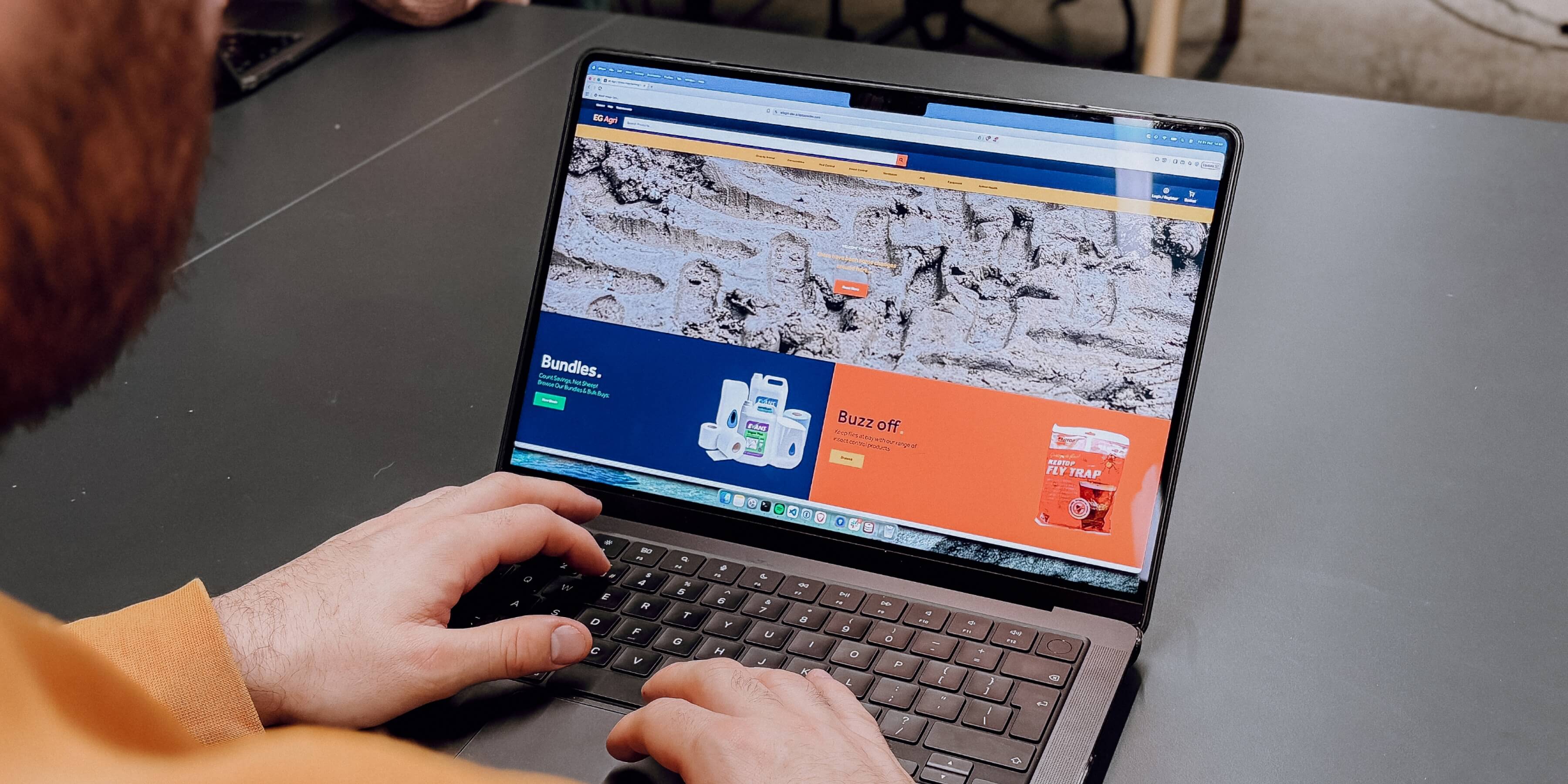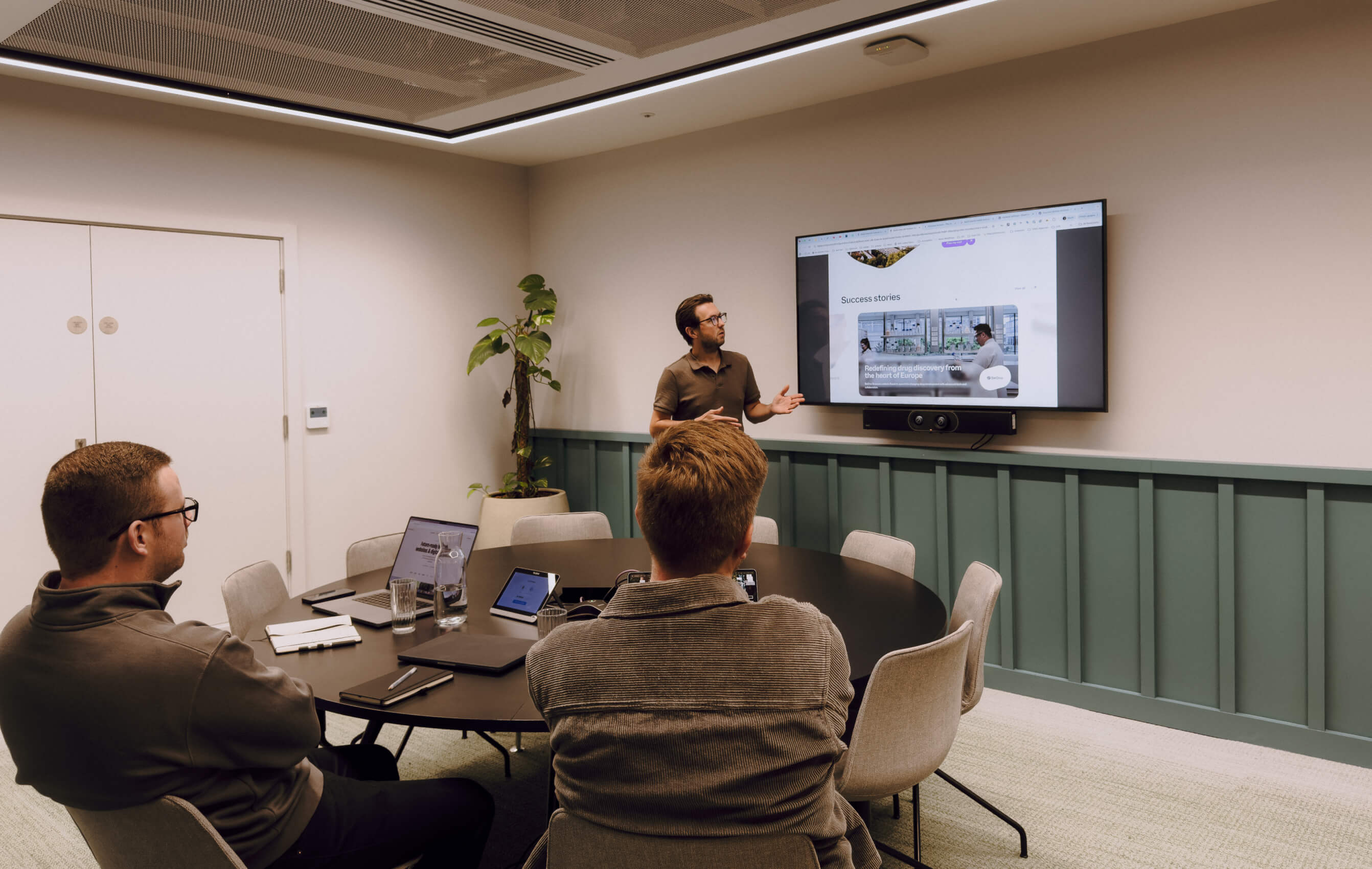Multisites: everything you need to know

In a complex website project, it’s crucial to carefully assess the best technical solution and setup to achieve your desired outcome around what the best technical solution and setup is to achieve the desired outcome.
In this post, we’ll explore multisites: what they are, when to use them, and their potential benefits and drawbacks.
What is a multisite?
A multisite or multi-tenancy website is a CMS setup that allows you to create and manage multiple websites from a single dashboard like WordPress or Sanity. Instead of logging into multiple CMS instances, you login once and manage everything in one place. Sites within a multisite network share themes and plugins, ensuring consistency and reducing the need to install and configure things multiple times.
Multisite use cases
A multisite setup can be ideal in a number of scenarios, including:
- Parent companies managing multiple brands, franchises or subsidiaries
- Educational institutions running websites for different campuses and/or departments
- Media companies with several publications
- eCommerce marketplaces with multiple stores
- Global organisations with localised websites for different countries and languages
- Setting up live, testing and staging environments on the same install
The benefits of a multisite
Centralised management
The main benefit of a multisite is centralised management. Instead of juggling multiple CMS logins, you access and manage all of your sites from one dashboard. From a developer perspective, updates, themes and plugins can be applied across the entire network from a single point. This saves you time and resources both internally and externally in terms of maintaining your websites. From a security standpoint, core and plugin updates are easier to manage consistently across sites, reducing the risk of missed updates and being exposed to potential vulnerabilities.
Scalability
For fast-growing organisations with multiple brands or constantly evolving product/service offerings and/or territorial expansion, multisite setups offer enhanced scalability and flexibility. As you don’t have to create a new separate website every time you want to launch a new site in your ecosystem, it makes the whole process quicker and easier.
Consistency across sites
As we’ve mentioned, multisite networks enable you to share themes and frontend designs across your sites, ensuring brand consistency. This can be particularly useful and relevant in the number of use cases we set out earlier. For example, if your organisation is operating across multiple geographies, and you need to present the same site but in different languages and with varied content based on country or region.
User role flexibility
A multisite setup provides greater control over user roles. A super admin controls the whole network, while site admins can be assigned to manage individual sites within the network. This gives you increased centralised control and visibility over user roles and permissions across your network of sites, rather than trying to keep track of positions across multiple standalone CMS installations.
Simplified content management
For organisations operating across multiple geographies, you’ll most likely need to publish and manage the same if not similar content across all of the sites in the network. For WordPress multisites, tools like WPML can help to streamline content management by supporting multilingual versions. WPML allows you to automatically translate content through AI or human/manual translations for different sites. In either scenario it’s much easier to manage as it’s all in one place, and you can clone and edit different versions and translations of content centrally.
Multisites – some potential drawbacks
As with any decision around technical setup, there are always pros and cons, and it’ll be down to your agency partner to guide you towards the best solution for your specific needs. The following challenges can generally be managed with the right partner like Adaptable:
-
- Increased server load – a multisite puts higher demand on your server, so a suitable and reliable hosting solution is vital.
- Complexity – moving from individual sites to a multisite will obviously introduce more complexity, but an experienced and knowledgeable partner can help to ensure a smooth migration.
- Learning curve – managing a multisite differs from managing single sites, and this may require a bit of getting up to speed. A partner like Adaptable will be able to support with this – we provide CMS training videos to help guide clients through managing our custom multisites.
Multisite case studies
LIBERTY Steel Group
LIBERTY Steel Group is a global manufacturer operating across 10 countries. They approached us to build and launch a network of sites which would enable them to target the different geographies they work in with a consistent digital experience. We delivered a multisite that allows them to manage the content for different countries in different languages seamlessly behind the scenes. In the frontend, users can easily select and switch between countries and languages, and the way it’s technically set up means that if the user organically finds LIBERTY (via search engine for example), they’ll be served the correct version for their country.
Elta Group
For over 25 years, Elta Group has been a global leader in fans, air movement, and ventilation, operating a family of brands across three continents. We support and manage their network of websites through a multisite framework. This setup allows seamless sharing of plugins and themes, ensuring brand consistency across all sites. Additionally, the multisite functionality enables the entire network to access a central database, allowing products to be displayed across multiple sites as needed.
Looking to launch and manage multiple sites within the same brand or ecosystem? Get in touch to chat about whether a multisite might work for you.




